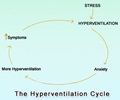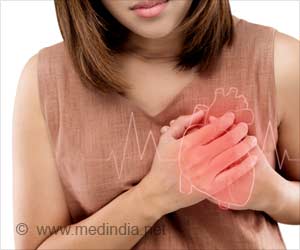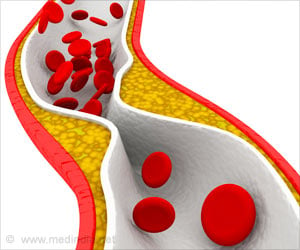A new research has discovered that a stem cell-infused patch boosts heart function following a heart attack.

The team, led by Yi-Gang Wang, found that when a tri-cell patch, made up of cardiomyocytes (to restore heart contractility), endothelial cells (to build new blood vessels) and embryonic fibroblasts (to provide support to the cell structure), was applied to the surface of the damaged area of the heart, better outcomes in overall heart function resulted.
"Following myocardial infarction, better known as heart attack, tissue becomes damaged and scarred, cardiomyocytes die and heart pump function is reduced. There are therapies being tested by other researchers where stem cells are injected directly into damaged heart muscle to see if contractile function can be restored," said Wang.
"In our current study, we wanted to determine if the amplified instructions from overexpressed miR-29, a microRNA, in animal models would enhance the effectiveness of the cell patch by reducing barriers in the infarcted area, leading to enhanced regeneration of heart tissues and resulting in the restoration of heart function after myocardial infarction," he added.
Researchers injected either the virus-mediated miR29b or a control material into the heart of the animal model and then experimentally induced a heart attack.
"These models allowed us to determine the possible benefits of miR29b and outcomes observed in two different control groups," explained Wang.
Advertisement
Researchers found the number of GFP cells, BLI signals and heart function as a whole significantly increased in animals with the viral transfer that overexpressed miR-29b and were treated with the tri-cell patch.
Advertisement
The findings were presented at the American Heart Association's Scientific Meeting.
Source-ANI














